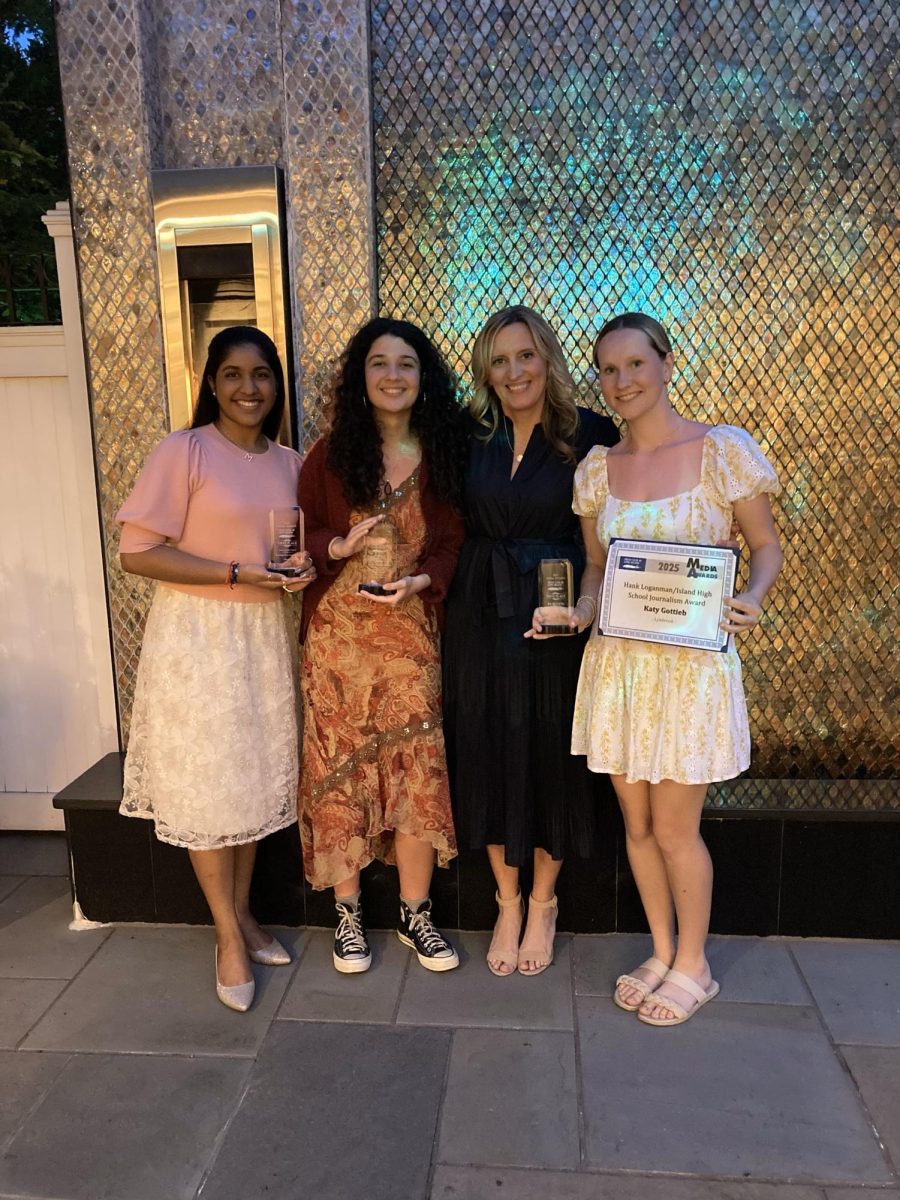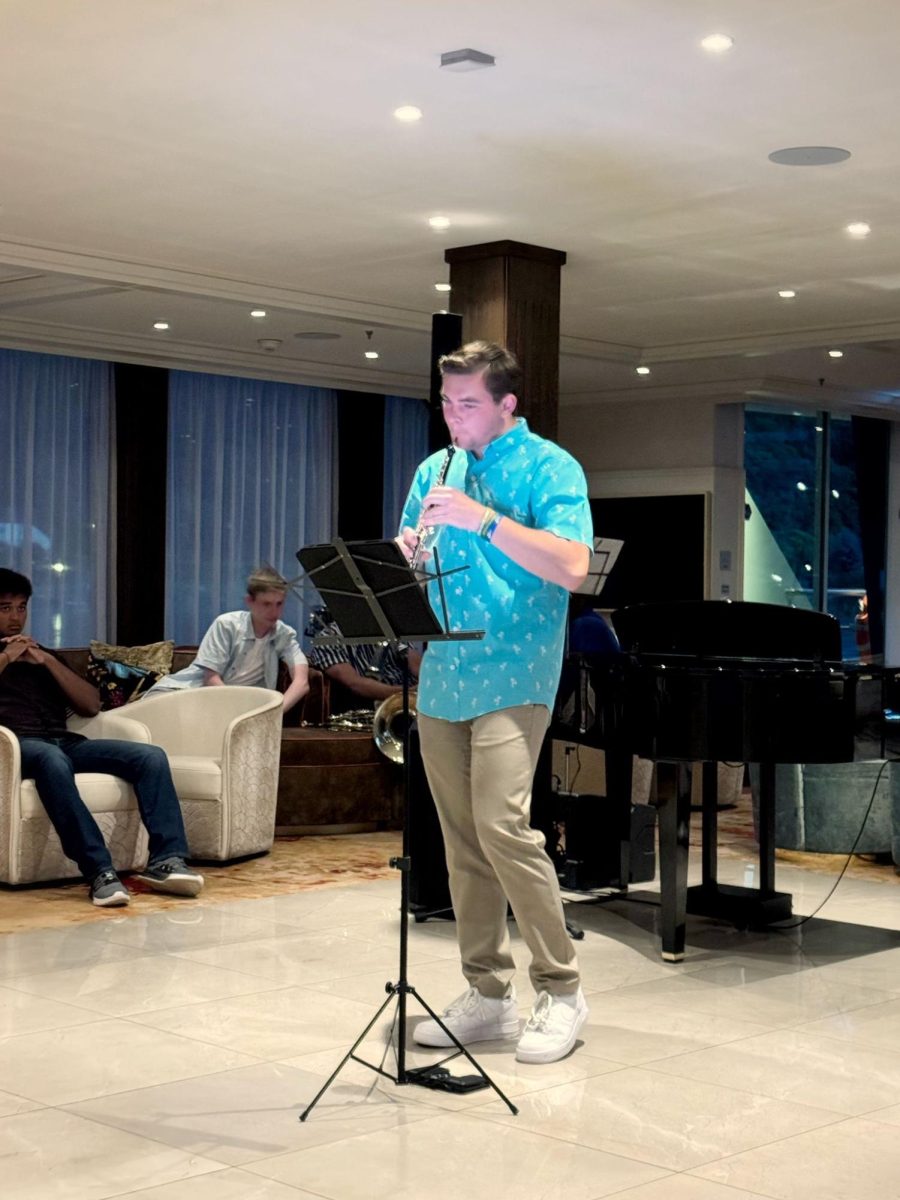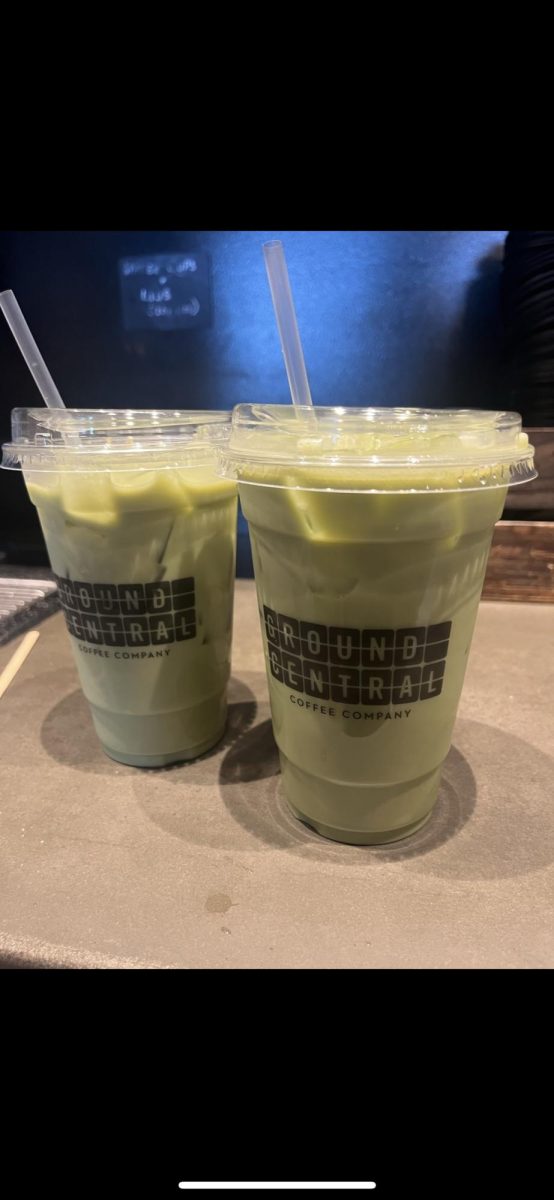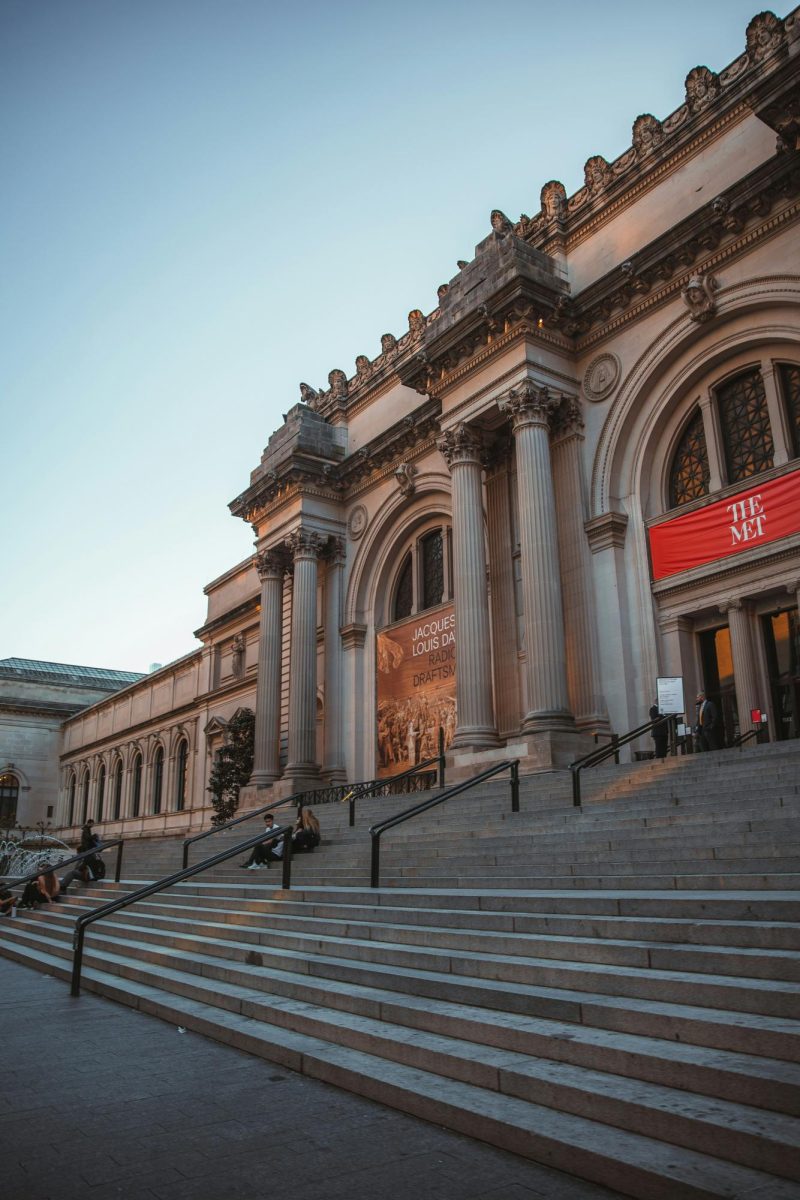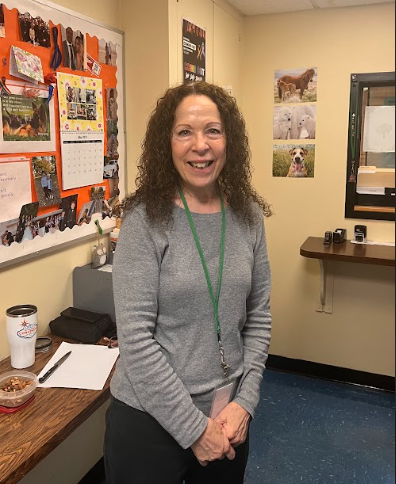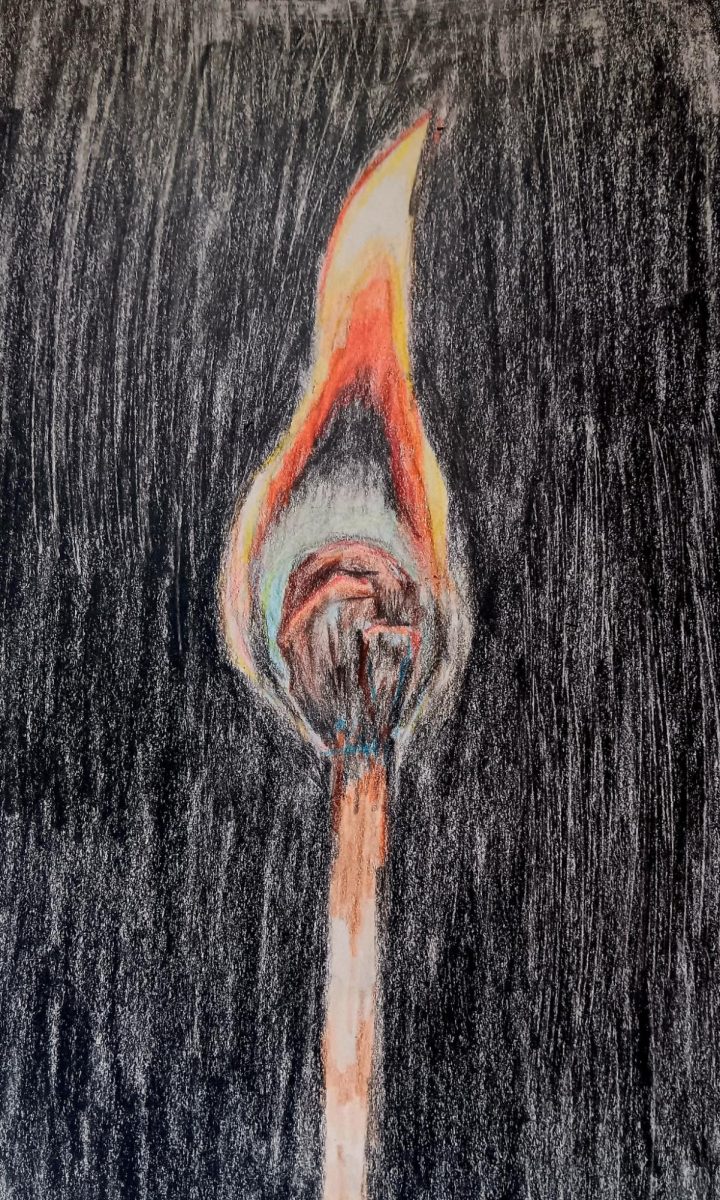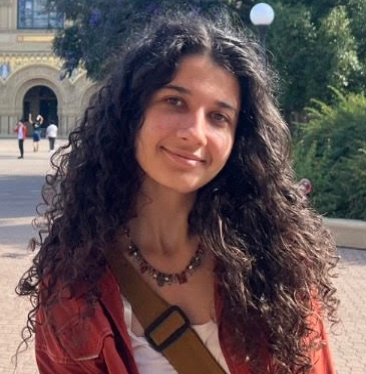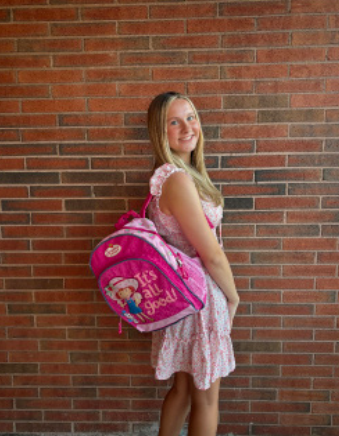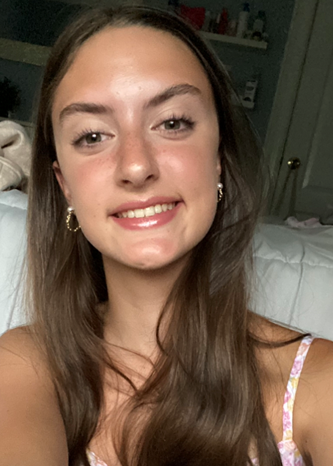It is not common in a foreign language class to expect to learn about topics like social media and the impacts it can have on high school students. However, William Luzzi, a Spanish teacher at LHS, makes it his goal to not only teach his students about the language, but also to incorporate lessons that will benefit them in their daily lives.
The current unit of his Spanish 4H curriculum, Redes Sociales y Tecnología, incorporates his goals of teaching high schoolers about the negatives that can come with social media and technology. The lessons in this unit incorporate various elements such as learning different vocabulary, Quizlet and Kahoot activities, and also watching informative videos. One of these videos was The Social Dilemma, which is a Netflix documentary centered around shedding light on the impact that social media can have on the world, with a concentration on the implemented algorithms of different apps. The experts in the film help to define why these algorithms are the main contributors to the wide spread addiction that is to social media, and screens in general.
Junior Averi Taub recounted the most influential part of the documentary: “It was interesting to see so many people talk about the topic, and it made me really think about how much I am on my phone.” This was a primary goal for Luzzi as he showed his students the documentary to encourage self-reflection.
Luzzi also showed a video in Spanish that centered around the idea of anonymous comments and social media hate. Not only did it allow students to work on their listening comprehension, but this also enabled students to take away important lessons about the importance of being kind, even when online. The video featured a panel of four people who were shown a picture of a woman and were asked to comment on it. They addressed things such as her clothing or her being “too muscular.” With the comfort of being behind the screen, they felt entirely compelled to leave various hateful comments that degraded the woman in the picture immensely. However, she was then brought in front of them. All four people just sat in silence until one woman started crying, and one man started to try and justify his comment. At the end, it resolved in them all profusely apologizing to her and walking away from the experience with a new perspective on what impact their hateful comments may have.
Luzzi designed a lesson plan that took elements from both of those recent videos to help the message hit close to home with his own students. He did this through a blind taste test. He “…tried to think of something that everybody likes because everybody always has favorites, but we don’t always think about the factors that make them so.” He came up with pizza and bagels. He listed some of these as being where we live, how the establishment looks, and how we’re treated when we’re inside the restaurant.
The lesson started by Luzzi asking the class what their favorite pizzerias are—or bagel stores for his fourth period class because pizzerias were not open at that time—and tallying the numbers together. The five pizzerias that were selected were SaVino’s, Gino’s, Vincent’s, Angelina’s, and Gallery 4. The six bagel stores that were selected were Not Just Bagels, Union Bagels, Danny’s Bagels, Lynbrook Bagels, Bagel Gourmet Inc., and Bagel Café Maru. All pizza was plain cheese, and all of the bagels were plain with butter to help even the playing field.
On the day of the taste-test, each student received a paper plate and wrote out places for the numbers of stores that were being featured. Luzzi also mixed up the boxes and wrappers of both foods so there was no way for the students to figure out the correct pizzas beforehand.
They also chose to try and guess which pizza or bagel store aligned with each number, and it was very rare for students to get many right, which was a testament to the effects of removing the various factors Luzzi addressed. After the taste test, it was discovered that for both foods, none of the selected
favorites by the students beforehand were their favorites after tasting them.
The results of this experiment served as a tangible example of the impacts that unique perceptions and details have on one’s opinions. Junior Charlie Horton remarked on this and said, “It was eye-opening to see because I was so confident in the order that I had picked, but it was way off. It made me think about how it relates to social media and the videos we watched and how [it is] all connected.”
This is now the second year that Luzzi has used this lesson as part of his curriculum. He greatly appreciates how it is a way for his classes to do “[their] own investigations and research.” Using interactive methods of teaching has helped to keep his students engaged and interested in what they are learning about, and that taste-test was an example of this.

